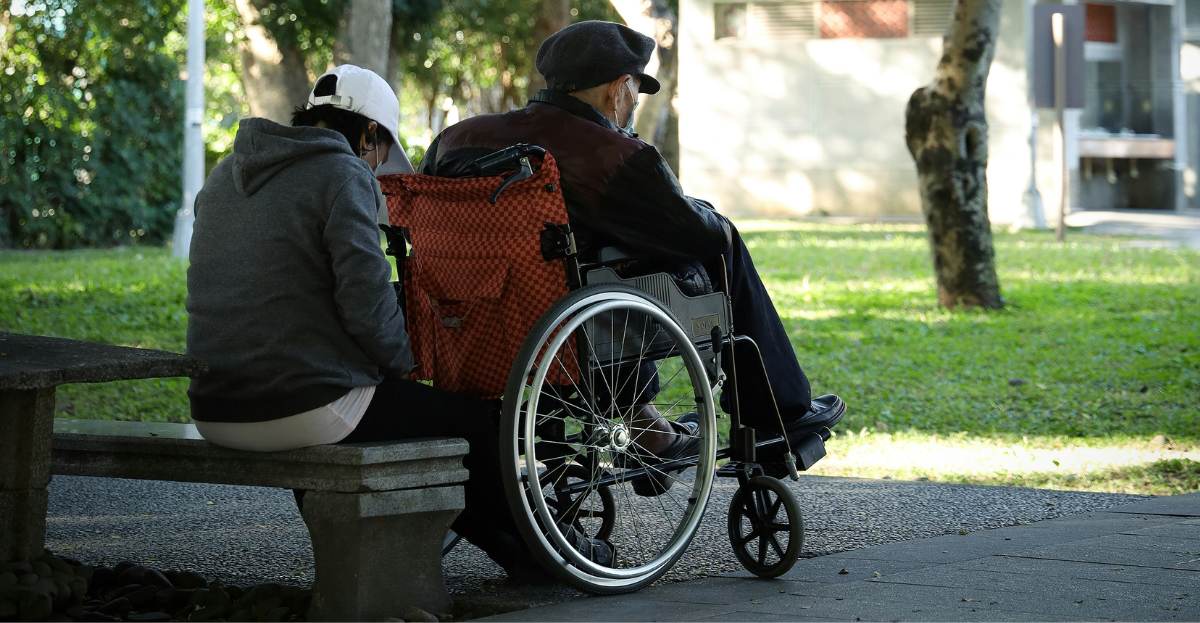Heightened public awareness, better diagnostic criteria and expanded screening efforts are believed to be behind an increase in the number of Australians living with disability.
Data from the Australian Bureau of Statistics (ABS) shows the number of Australians living with disability increased to 5.5 million, or 21.4 percent, to now be just over one in five of the population.
Using figures from the Disability Ageing and Carers Australia report gathered in 2022, these numbers are up from 17.7 percent from 2018 when the numbers had remained relatively consistent for two decades.
Under the survey’s criteria, a person is considered to be living with disability if they have any limitation or impairment which restricts everyday activities and has lasted, or is likely to last, for six months or more.
The survey, conducted every three years, revealed there was no discernible difference in the genders of those living with disability, with 21 percent of males living with disability (an increase of 4.6 percent from 2018) and 21.8 percent of females living with disability (an increase of 4.0 percent).
According to the ABS, many factors have contributed to the change in prevalence in those identified as living with disability, including a growing awareness of disability among those living in Australia.
Other factors include a general increase in the prevalence of some long-term health conditions and an ageing population.
While the prevalence of disability for those aged 70 and over has remained steady, the figures also show there has been a 13.9 percent jump in the number of people aged between 15 and 24 living with disability and a 10.3 percent jump for those aged 25 to 34.
Kelsey Chapman and Elizabeth Kendall, from Griffiths University’s Dignity Project, a research and community-building agenda aimed at disrupting stereotypes and breaking through barriers that people with disabilities experience every day, suggest an increase in autism spectrum disorder diagnoses, which climbed by 41.8 percent from 2018 to 2022 could be responsible for the rise.
The pair says the increase is largely attributed to increased awareness of autism, improved diagnostic criteria and expanded screening efforts.
“These allow for earlier and more accurate identification of autism, a trend that mirrors global patterns.”
Chapman and Kendall say the ABS data results, while a helpful tool, are also open to interpretation.
To ensure figures accurately reflect how many Australians live with disability, more work is needed with the language and categories used as this can impact response rates and, consequently, the prevalence figures.
“It is important to recognise people with disability have diverse experiences that do not always fit neatly into predefined boxes,” the pair says.
“Two people with the same diagnosis may experience vastly different impacts on their lives, shaped by personal, social and environmental influences. Acknowledging this diversity is crucial for developing more nuanced information and shaping policies and services that truly cater to the needs of people with disability.”
Despite this, the pair say a broader societal shift is occurring that shows community attitudes and education about disability are “slowly improving”.
“Most Australians have reasonably positive attitudes about disability, although that varies between types of disability. The gradual shift towards greater inclusion and reduced stigma may lead to more people recognising and reporting disability in surveys like this one.”
No matter your degree of disability, Just Better Care has a team of local experienced Support Workers able to assist you in living the life you deserve. Find out more at justbettercare.com


.png?width=2400&height=1246&ext=.png)

